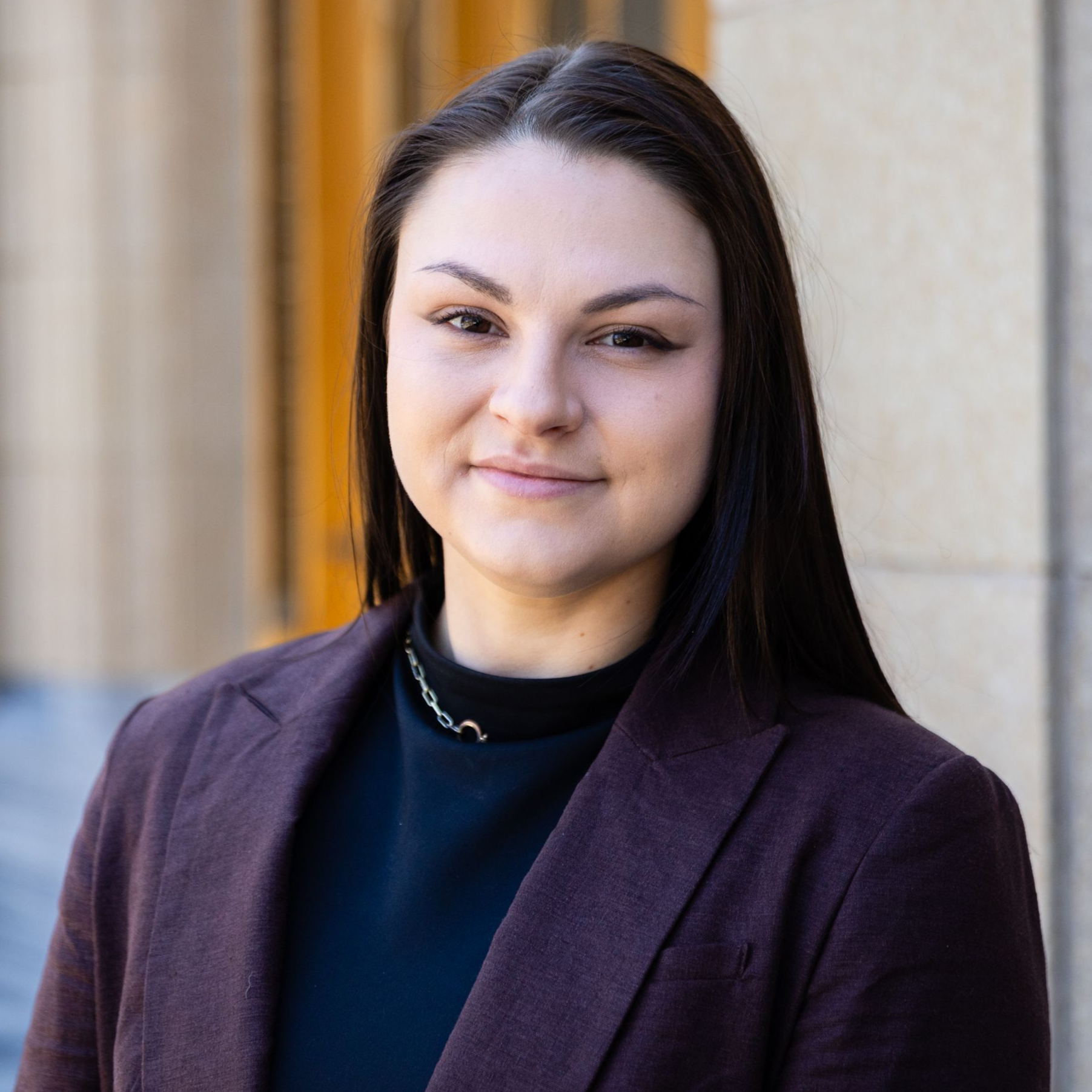Can ‘cool roofs’ help Atlanta combat extreme heat?

Commercial developers and home builders may soon be required to use more energy-efficient roofing materials as Atlanta’s leaders explore ways to combat extreme heat.
Temperatures in Atlanta touched 90 degrees earlier this month, two weeks earlier than normal. As climate change continues to drive up temperatures, Atlanta’s leaders are exploring new ways to reduce energy costs and heat-related illness.
Legislation being considered by the City Council would create new stipulations around the materials used for building and replacing roofs to steer construction away from darker, sun-attracting colors to lighter, reflective colors.
These new “reflective roofing standards” would apply to all new construction — including roof replacements — and outline specific materials that have higher solar reflectiveness than already required in statewide code.
“This will be extremely beneficial in the long run,” said Council member Liliana Bakhtiari, who introduced the legislation. “And tackling it now before climate issues get worse, ensure more cost-effective measures down the line.”
Bakhtiari said that once 80% of Atlanta buildings transition to “cool roofs,” the city’s maximum temperature in the summer could be reduced by about 2.5 degrees.
And individual homes with lighter-colored roofs would see an average of up to 5% savings in energy bills annually, she said.
In 2023, Atlanta released its first-ever heat vulnerability study that outlined which of the city’s 249 neighborhoods are most susceptible to heat mortality and flood risk caused by climate change. The assessment found heat risk is overwhelmingly concentrated in neighborhoods to the west and south of downtown.
It also highlighted the city’s reliance on its tree canopy to help shade urban neighborhoods and mitigate flooding. But while the City Council continues to mull the complex and controversial tree ordinance, proponents of the roofing requirements argue it’s a step toward reducing pollution as well as heat-related illness.
Danna Thompson, director of advocacy with the American Lung Association, said solar-reflective building materials can help reduce health complications for sick residents.
“More heat often means more ozone,” she said. “With repeated exposure, ozone can permanently damage lung cells for those dealing with chronic lung disease like asthma or (chronic obstructive pulmonary disease).”
Thompson said that the association’s recently released “State of the Air” annual report ranked the Atlanta metro area 48th worst for “high ozone days.” Ozone is also known as smog that forms at the ground level when pollutants react to heat and sunlight.
Dr. Jimmie Smith, president of the Georgia Public Health Association, told council members that climate-resilient construction is especially important for low-income neighborhoods that suffer from lack of investment.
“For those communities, these urban heat islands pose a major public health threat, disproportionately impacting vulnerable populations and communities of color who often lack access to green spaces and infrastructure upgrades,” he said.
While Bakhtiari said that the requirements would be cost-neutral for builders — with lighter-colored materials priced the same as their darker counterparts — some of her colleagues questioned the burden it would place on developers.
Council member Howard Shook said older office buildings in his district are already struggling to afford upgrades.
“I worry about the potential additional burden of increased costs as they try to spiff their buildings up in order to get people inside them,” he said. “It seems to me that new regulations are rarely cost-neutral.”
The proposal passed out of committee and will be considered for final passage at the next City Council meeting on June 2.



